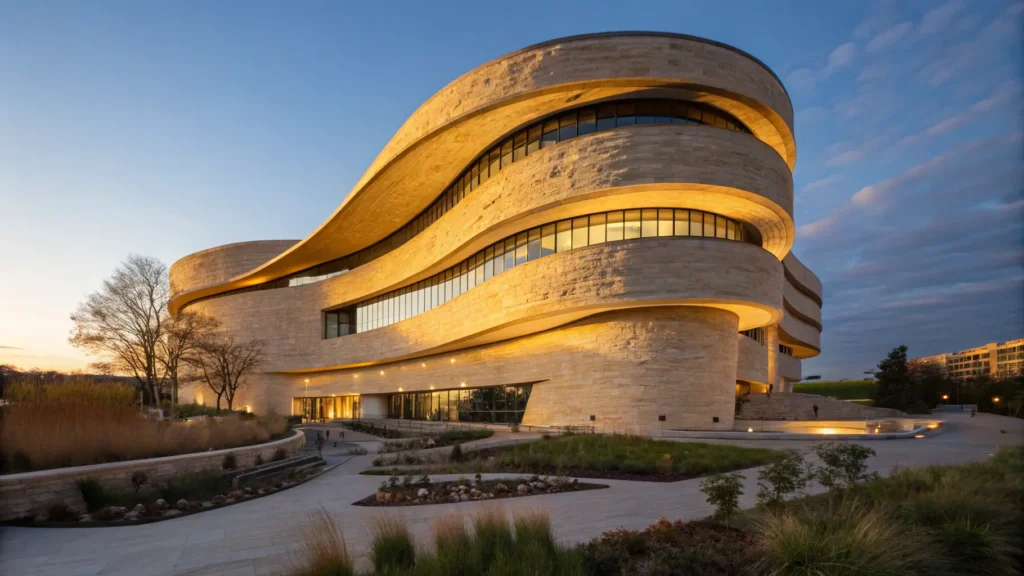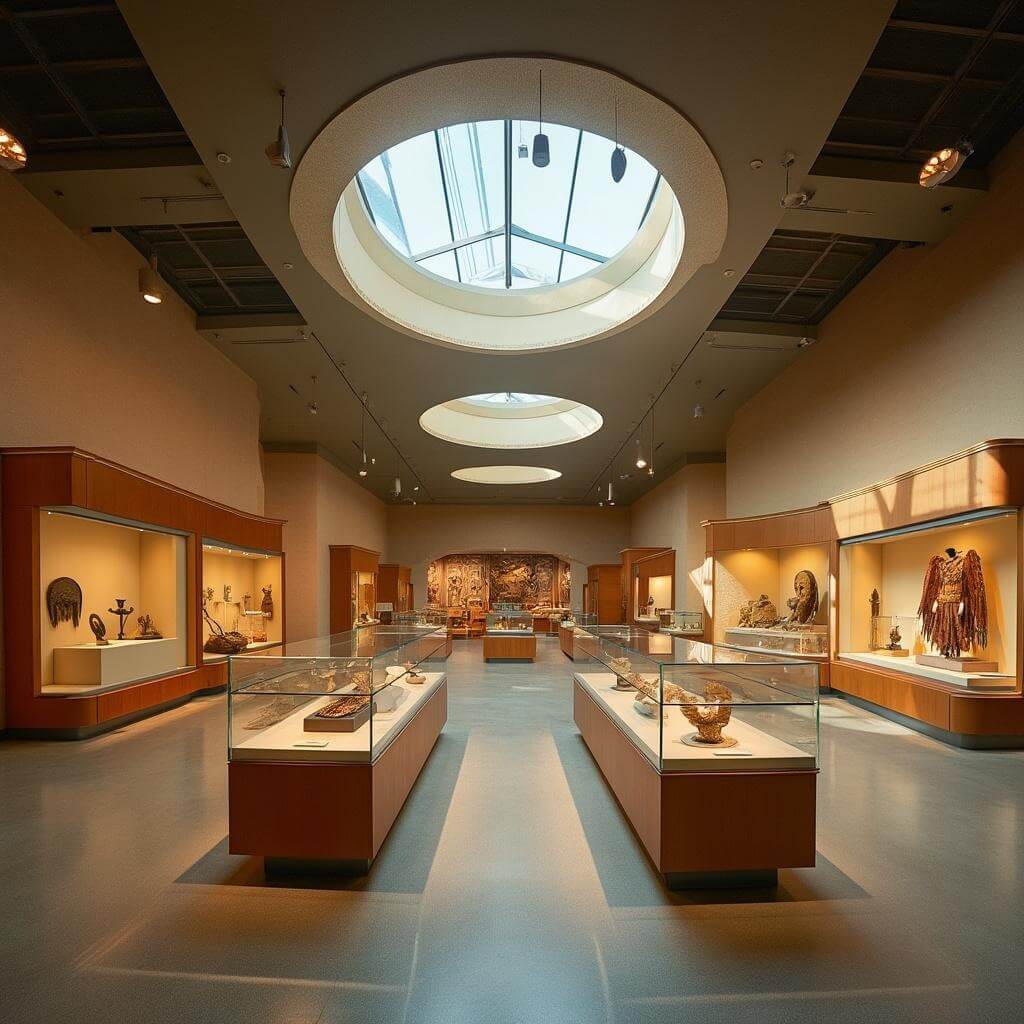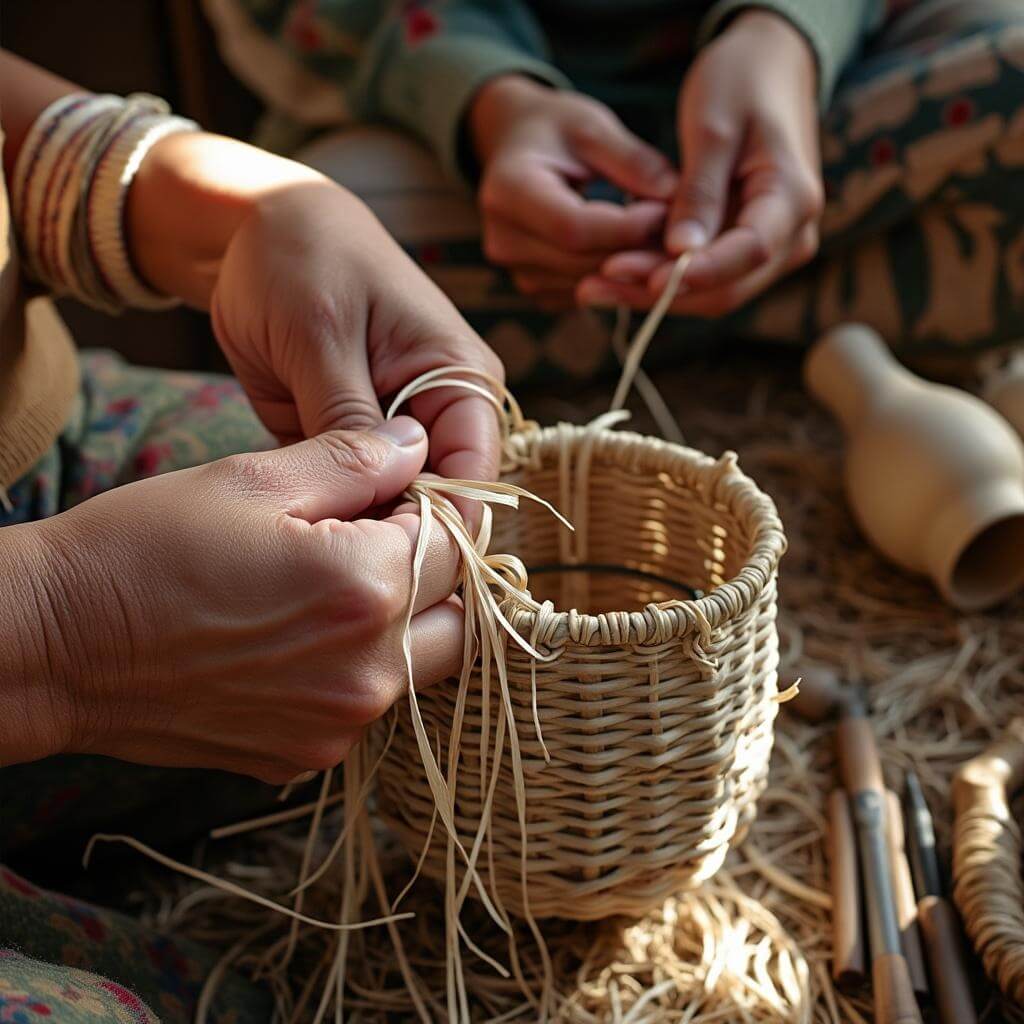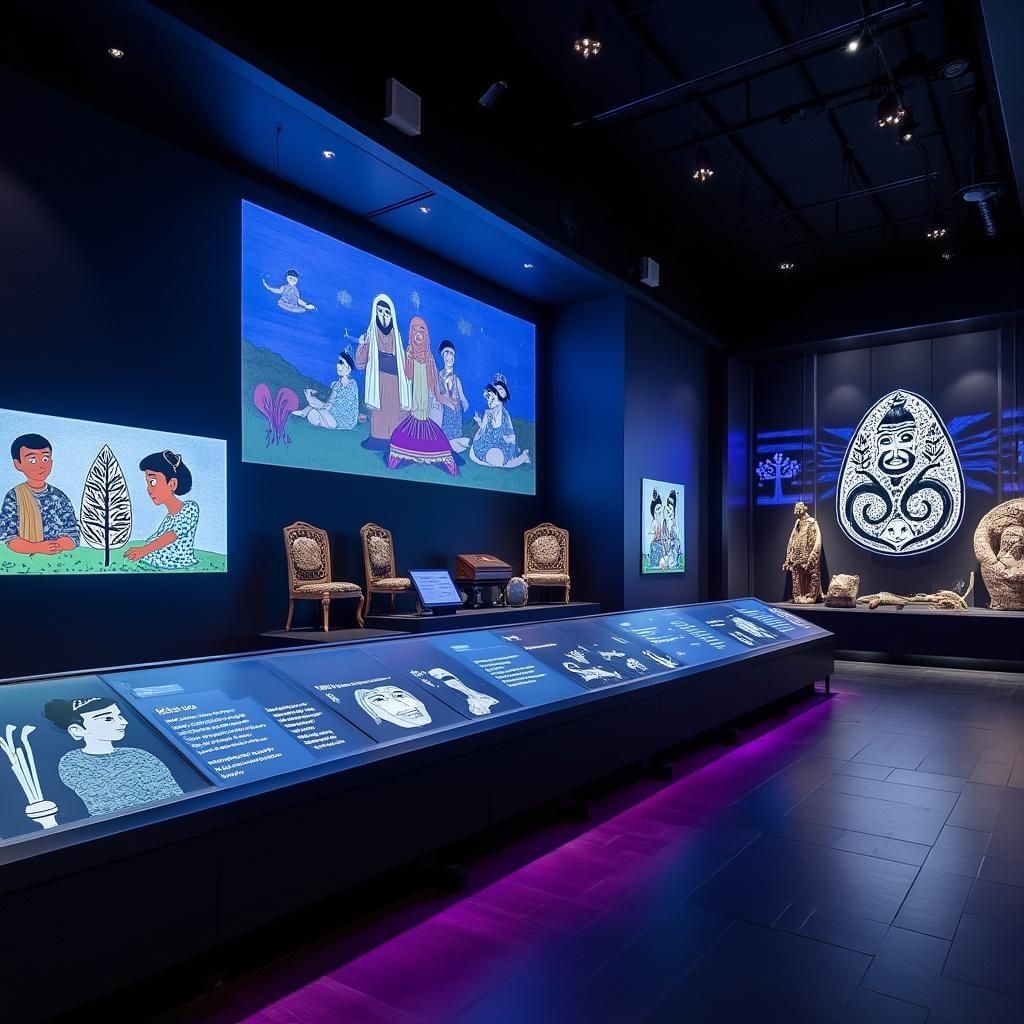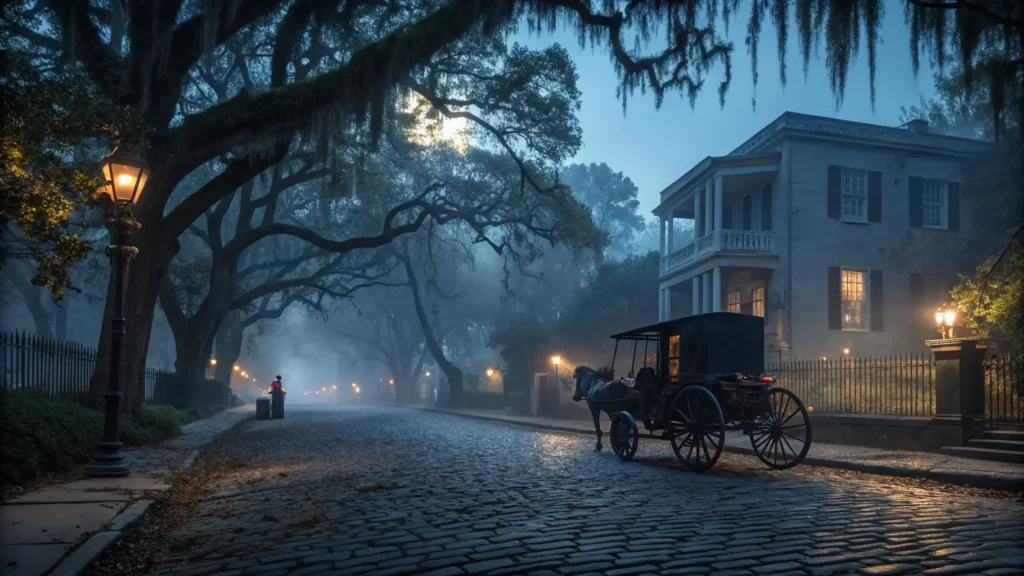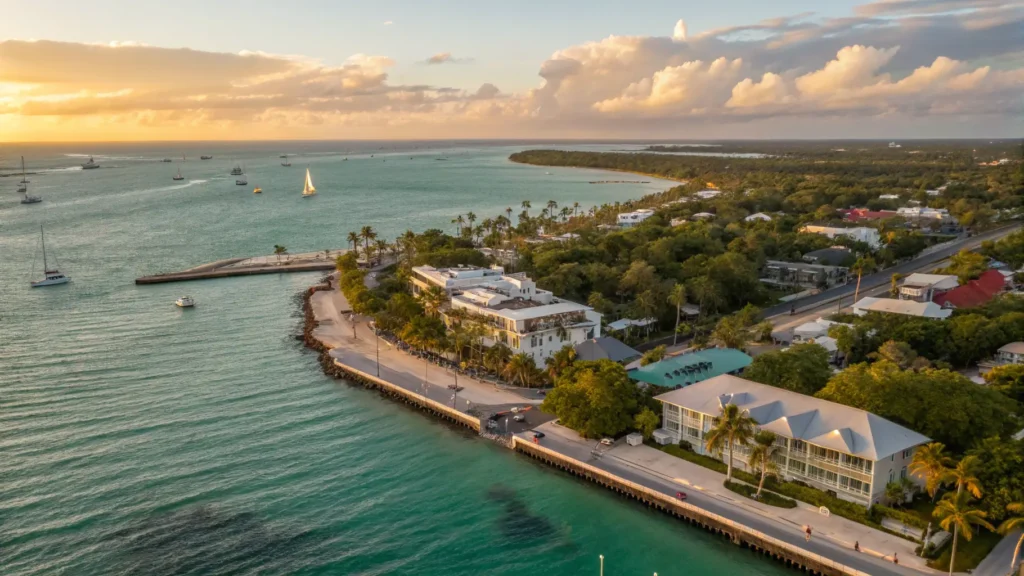Ever wondered where you can dive deep into the rich tapestry of Native American culture without leaving Washington D.C.?
The National Museum of the American Indian (NMAI) isn’t just another museum – it’s a portal into thousands of years of Indigenous history, art, and living traditions. Nestled on the iconic National Mall, this Smithsonian powerhouse offers more than just exhibits; it’s a transformative experience that challenges everything you thought you knew about Native American cultures.
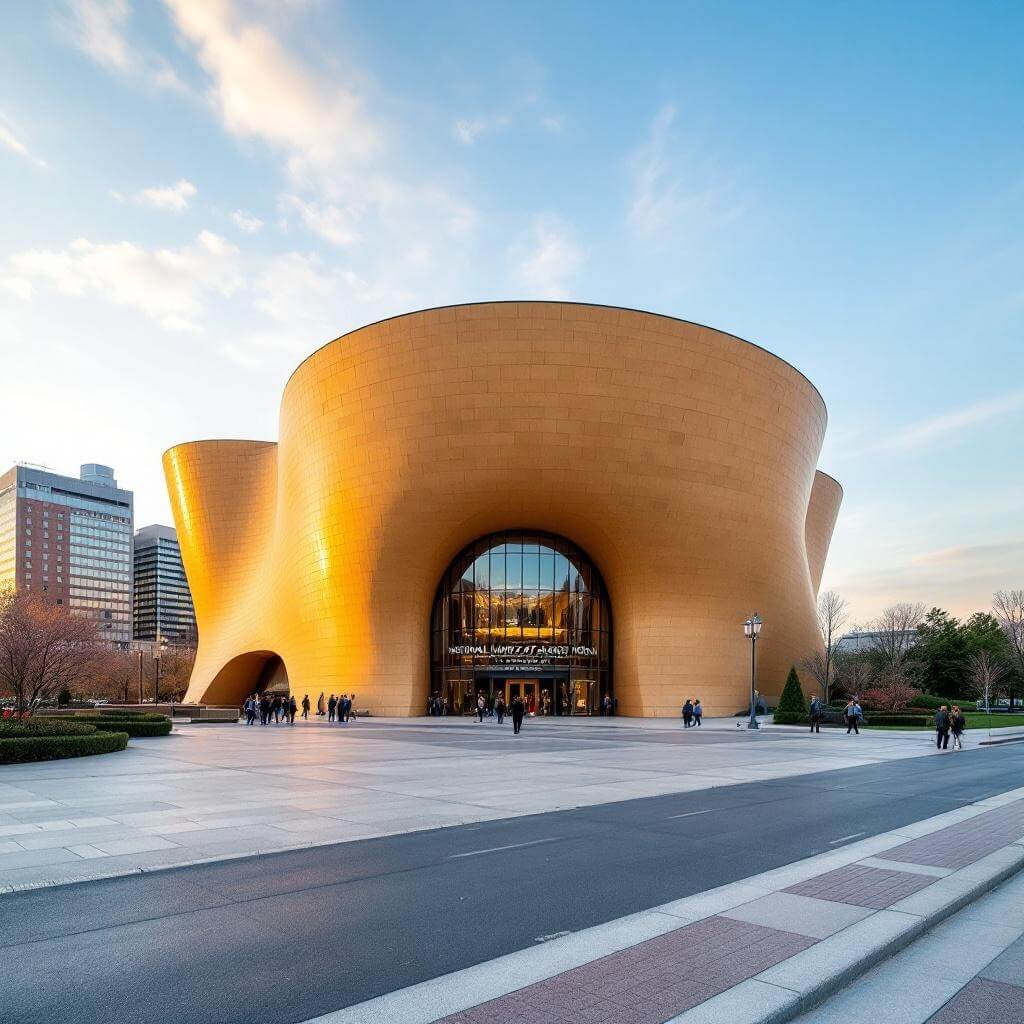
Why This Museum Will Blow Your Mind
I’ll never forget my first visit here. Walking through the golden limestone building, designed by Native architects, felt like stepping into a living story. The curved walls seemed to breathe with the whispers of centuries-old traditions.
Location and Access: Getting There is Half the Adventure
Finding the NMAI is easier than you might think:
- Smack in the heart of the National Mall
- Between the Air and Space Museum and U.S. Botanic Garden
- Public transport friendly (Metrorail: L’Enfant Plaza)
- No dedicated parking, but street and commercial options nearby
Visitor Essentials: Everything You Need to Know
Pro tip: This museum is completely free. Zero cost. Let that sink in.
Quick Visit Details:
- Open daily: 10:00 AM–5:30 PM
- Closed December 25th
- No ticket required
- Grab a museum map and audio guide at the entrance
Architecture That Tells a Story
The building itself is a masterpiece. Designed by Native architects, its curvilinear structure mimics natural rock formations. Every curve, every stone speaks of wind, water, and Indigenous ecological wisdom.
Collections That Will Leave You Speechless
Numbers that’ll make your jaw drop:
- Over 825,000 items
- Representing 1,200+ Indigenous cultures
- Spanning 12,000 years of history
- Collections from North, Central, and South America
A Culinary Journey: The Mitsitam Native Foods Café
Forget typical museum cafés. Here, you’re in for a gastronomic adventure featuring Indigenous-inspired cuisine that’ll tantalize your taste buds and expand your cultural understanding.
Exhibitions: More Than Just Displays
The museum doesn’t just show artifacts; it tells living stories. From the Return to a Native Place exhibit exploring Algonquian history to rotating displays covering contemporary Indigenous experiences, each gallery is a portal to understanding.
Why Cultural Representation Matters
What sets NMAI apart? Native professionals directly shape curatorial practices. This isn’t just a museum about Indigenous people – it’s a museum by Indigenous people.
Unique Features That Set It Apart:
- Indigenous staff driving narrative
- Respectful stewardship of sacred objects
- Community-driven exhibitions
- Ongoing dialogue with tribal nations
A Memorial That Honors Sacrifice
The National Native American Veterans Memorial on the museum grounds isn’t just a monument – it’s a powerful tribute to Native service members, featuring an elevated circle and stone drum that symbolizes both traditional and contemporary Indigenous experiences.
My heart always swells when I see this memorial. It’s a reminder of the often-overlooked contributions of Native Americans to this nation’s defense.
The museum continues to evolve, focusing on contemporary Native art, living cultures, and ongoing conversations about representation and historical understanding. Each visit reveals new layers of complexity and beauty.
As you explore these halls, you’ll realize this isn’t just a museum – it’s a living, breathing testament to the resilience, creativity, and ongoing vitality of Native American cultures.
Want to know more about navigating this incredible space, uncovering its hidden gems, and understanding the deeper stories behind the exhibits?
Navigating Challenges: The Complex World of Museum Representation
Ever wondered about the delicate balance museums must maintain when representing cultures not their own?
The National Museum of the American Indian (NMAI) doesn’t shy away from these complex conversations. In fact, they lean into them with remarkable transparency.
Take the ongoing debate about cultural representation. Who truly gets to tell Indigenous stories? The museum has developed a nuanced approach that puts Native voices front and center.
The Ethical Tightrope: Displaying Sacred Artifacts
Museums have a complicated history with Indigenous collections. The NMAI flips the script by:
- Consulting directly with tribal communities
- Respecting cultural sensitivities
- Creating collaborative exhibit narratives
- Implementing strict ethical guidelines for artifact display
During one conversation with a museum curator, I learned how they approach potentially sensitive artifacts. It’s not just about displaying objects – it’s about telling complete, respectful stories.
Digital Frontiers: Expanding Native Narratives
Technology offers unprecedented opportunities for cultural preservation. The NMAI isn’t just a physical space – it’s a digital bridge connecting Indigenous experiences worldwide.
Key Digital Initiatives:
- Comprehensive online collections database
- Virtual exhibition tours
- Educational resources for schools
- Digital archives of Native oral histories
Research and Scholarship: Beyond Exhibition Walls
The museum isn’t just about displaying artifacts – it’s a critical research institution.
Scholarly Highlights:
- Access for Native researchers
- Collaborative academic programs
- Publishing groundbreaking Indigenous scholarship
- Supporting emerging Native scholars and artists
Practical Visitor Pro Tips
Want to maximize your museum experience? Here’s an insider’s guide:
Must-Do Experiences:
- Allow minimum 3-4 hours for full exploration
- Start with the introductory film
- Take the free audio guide
- Visit the Mitsitam Café for authentic cuisine
- Check exhibition schedule for special events
Future Directions: Where Native American Cultural Institutions Are Heading
The NMAI represents more than a museum – it’s a living, breathing cultural ecosystem.
Emerging Trends:
- Increased focus on contemporary Native experiences
- More interactive, immersive exhibits
- Greater community co-curation
- Expanded digital accessibility
- Ongoing decolonization efforts
The Bigger Picture: Why This Matters
Museums aren’t just buildings filled with objects. They’re powerful platforms for understanding, healing, and reconnection.
The National Museum of the American Indian does something revolutionary: It transforms passive observation into active engagement. Each exhibit, each artifact tells a story of survival, resilience, and continuous cultural evolution.
Your Next Steps
Ready to experience this transformative space? Here’s what to do:
- Plan your visit (check museum website)
- Arrive early
- Take your time
- Be open to learning
- Engage with exhibits thoughtfully
Pro tip: The best museum experiences happen when you approach with curiosity and respect.
Final Reflection: A Living Legacy
As you walk through the NMAI, remember: You’re not just observing history. You’re participating in an ongoing narrative of Indigenous survival, creativity, and profound cultural richness.
Native American culture isn’t a relic of the past. It’s a vibrant, dynamic, continuously unfolding story – and the National Museum of the American Indian is its most powerful contemporary storyteller.

